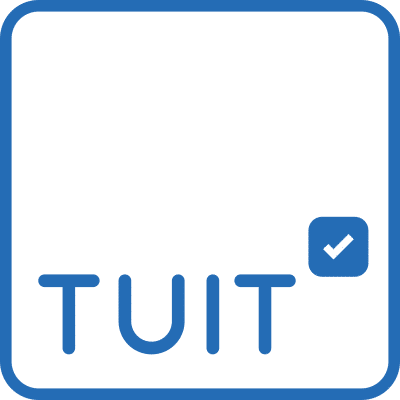buy a pair of shoes or learn a new skill without ever taking our eyes off our computer screen.
The rate at which this change has occurred is both exciting and a little daunting as many technology users get the feeling they are being ‘left behind‘ with its snowballing pace of change.
This seems to be a common fear with the rate at which online learning has developed and grown in the last few years.
What exactly is Online Learning?
The textbook definition of Online Learning (Also referred to as eLearning) is “To learn, by utilizing electronic technologies to access educational curriculum outside of a traditional classroom. In most cases, it refers to a course, program or degree delivered completely online.”
Thus, Online Learning refers to course content which is available to the student via the internet.
Benefits to the Student
As a student, there are several benefits to studying via an online platform:
- Distance is no longer an issue, you can sit in the middle of the Karoo and get qualified from a University in Bloemfontein.
- Costs to the student are greatly reduced. Imagine no daily travel costs to and from an institution, for example.
- No need for expensive textbooks or manuals. Everything is available online and downloadable via computer files.
- A world of choice. Suddenly you are no longer limited to the institutions within your scope of travel. This not only increases the choice of institutions available to you but also the choice of course.
- Your time is your own. You can plan around your own schedule to fit in online study times.
- Results and feedback are instant in most cases.
How is an online course presented?
Traditional course content is converted into a formal system called an LMS or Learning Management System. An LMS presents all of the content as well as any quizzes, assignments or discussions that may be required as part of the student’s learning. The learning institution not only uses the LMS as a means of presenting the course but also to track and record student results.
At Tuit, we make use of the Canvas LMS to present all of our course material. Unlike some other online course providers, we do not merely load .pdf’s which the student needs to download, we convert the content in the form of wiki pages which are designed for ease of use and readability. Nothing needs to be downloaded, merely viewed. In addition, however, there are downloads at the end of each module for the content, should the user wish to make use of this benefit.
Why not visit our example course called Rainbow Nations and see what we mean?



